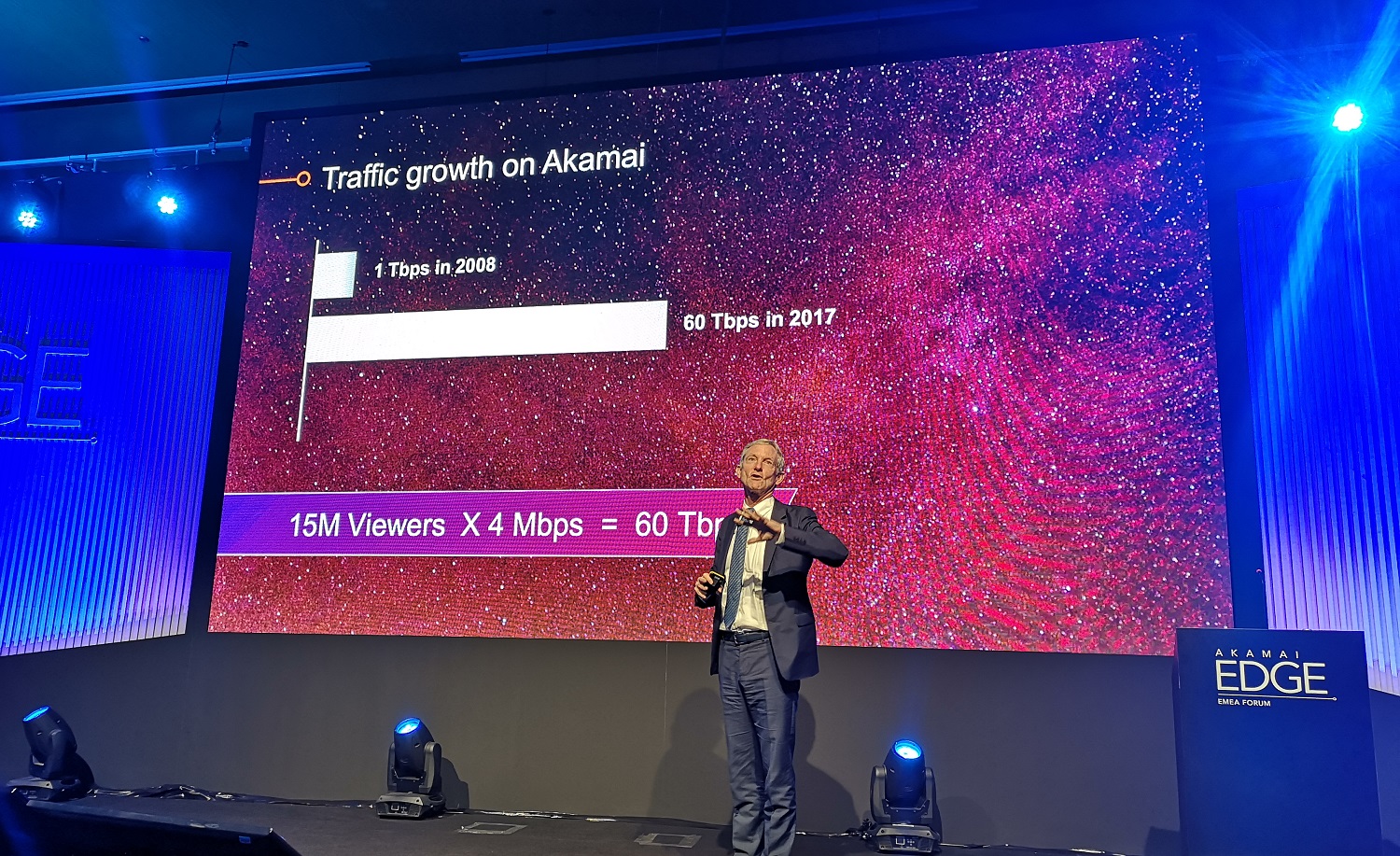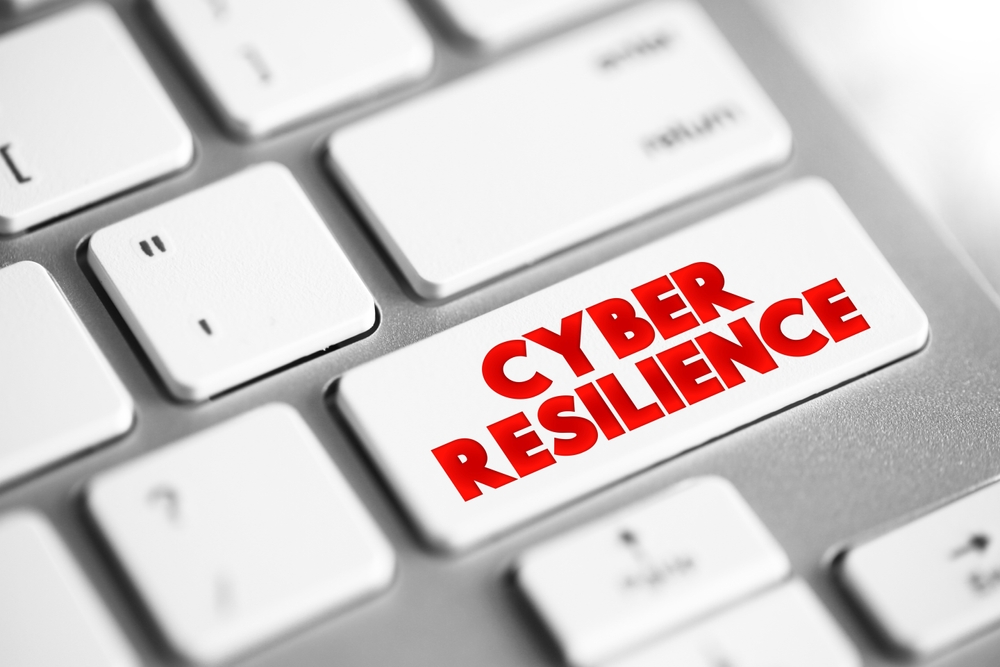Akamai Edge EMEA Forum 2018 kickstarted with a special keynote by the ‘inventor’ of World Wide Web, Sir Tim Berners-Lee, who shared how the Internet was envisioned in the beginning and the way it has evolved over the years.
Akamai’s chief executive officer and co-founder, Dr.Tom Leighton, took the stage to add how Tim Berners-Lee played a big role in helping create Akamai. “We had a lot of influence from Tim and his team while I worked on algorithms and theoretical computer science at MIT. That is when we were presented by the challenge of designing a content delivery platform that could scale as the web continued to grow.”
Talking about the significance of the edge, he said: “At Akamai, we have been working on the edge since the beginning. The edge of the Internet has vastly more collective bandwidth than the large cloud data centres at the core. You are not going to be able to really scale by having things contributed from the core of the data centres. This is why cloud data centres struggle to keep up with all the users, devices and Internet traffic at the edge.”
Leighton went on to talk about how the Internet is continuing to evolve and, in particular, how it is morphing from a cloud centric model into one at the edge of the internet. In his presentation titled, ‘Through the clouds: A view from the edge’, Leighton quoted Gartner, saying, “While cloud providers will extend their models closer to the edge, the architecture of the edge will be driven more by technologies that already have physical edge footprints.”
Leighton explained that the common misconception is that the capacity bottleneck lies in the last mile – the connection between the local ISP and the end user. “But that was 20 years ago,” he added. “Actually, there is a capacity crunch at the core of the cloud data center. As users demand high quality video streaming, there is a congestion at the provider’s end creating an imbalance between the available bandwidth at the edge and the core.”
Being at the edge also improves performance, according to Leighton. “Another area of prime focus for Akamai is website performance. From the edge, you are closer to the end user, which means that the web pages will load faster. This is important for e-commerce websites, where consumers may leave the site if it loads slowly,” he said.
Also, viewers expect online streaming to match the uninterrupted experience of TV, which means high picture quality, fast start-up and no rebuffering. Being at the edge improves latency as well and that is why Akamai is working to embed more and more functionality into its Edge platform to enhance the digital experience, he added.
Highlighting Tim Berners-Lee’s dilemma years ago, Leighton said that the solution lies in decentralisation and placing servers right at the edge. “Tim Berners-Lee foresaw the congestion that was to become very familiar to Internet users 20 years ago, and he challenged us to invent a fundamentally new and better way to deliver Internet content.”
According to the CEO of Akamai, security is the fastest growing area of business for his company and the most challenging of all. While most think of Akamai as a CDN provider, which contributes to a large portion of the company’s revenue, security business is becoming increasingly significant as well. Leighton attributes this to the growing dependence on Internet, which has made everything vulnerable.
When it comes to doing business, protecting your valuable assets is more important and even more complicated than ever before. As attacks are bigger more sophisticated and unpredictable than ever before, cloud data centre defenses aren’t enough anymore.
“Today’s expanding threat landscape is a result of glory hounds, political hacktivism, state-sponsored and cybercrime. The scale of attacks will continue to grow. It is always harder to defend yourself than to attack and the adversaries are taking advantage of the bandwidth available at the edge to launch attacks. An attack of 1.3 Tbps is enough to cripple major cloud data centers, ISPs and even countries. Just imagine what 1000 Tbps could do,” said Leighton.
He added that with the proliferation of IoT, billions of people, tens of billions of devices and countless petabytes of information all becoming connected the cloud simply cannot keep up. Also, while blockchain is poised to revolutionalise the financial payment and transaction landscape, the cloud is insufficient because it doesn’t scale.
Akamai uses a defensive shield to absorb attack traffic at the edge and block application layer attacks. In addition to this, the company is working on a blockchain payment platform that is still in the initial stages and scheduled to be implemented in 2020. “We are exploring the possibilities of adding blockchain to our platform and expect to achieve high availability, speed and sufficient transaction handling capacity through this technology,” said Leighton.
Akamai advocates a zero-trust security model, in which no one can be trusted, not even the employees. “People are the weakest link in security. Despite all training and education, they make mistakes, such as clicking on a malicious link to become infected with malware. In the traditional security model, which uses VPN connections, hackers can also penetrate the company network,” Leighton added.
He emphasized that while usually internal apps are safeguarded with a perimeter defense, most breaches are triggered from inside the perimetre. “You need to protect your internal apps the same way you protect your external apps – as if there were no perimeter. With the zero-trust model, nobody has access to the corporate network and users do not communicate directly with applications.”









Discussion about this post